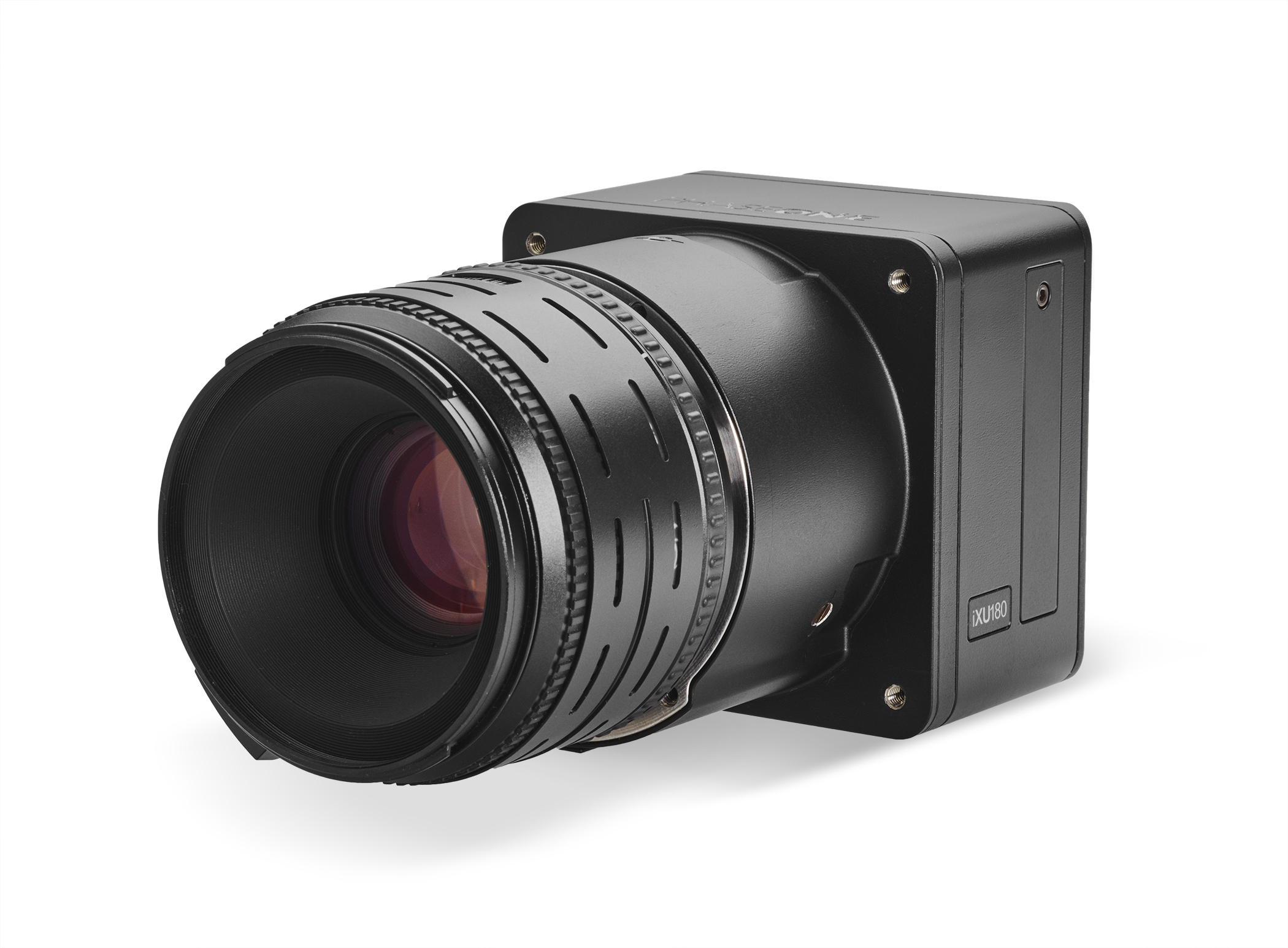Some of you may have been up in a helicopter before but for those of you that have not, you’re harnessed to the inside of the helicopter and wear headsets in order to talk and direct the pilot. You also might have the camera tethered to a laptop and also a GPS. Given a decent pilot and an interesting location it’s not a difficult task to shoot some great images.
The only real problem is the comparatively small time frame you get to archive the shots. Flying in London for instance in a Eurocopter AS355 can be very costly if you’re not efficient with your time, especially when you consider the positioning time to get you to your location. Offshore it can be even more expensive – on one particular job in Norway we burned through £13,000 of expenses in no time at all flying Supa Pumas.
I’ve been working as an aerial photographer since 1991, in fact I started working as one only six months after leaving art college, after a brief stint assisting studio photographers. It wasn’t long ago that the whole idea of even shooting digitally from the air went against all my ideals but the fact I can now do it on a camera phone is a miracle. I was initially highly dubious about the HD Horizons project when Nokia approached me because the biggest challenge is finding a fast enough shutter speed and most camera phones do not have a camera remotely good enough to pick up the detail. However, the N8 goes to 1/1,000th sec and has a 12-megapixel camera on the back of it, which is amazing when you consider I normally shoot on Nikon D3s which cost £4,000-plus for the bodies and £2,000 per lens.
My main attraction to this project was they always say the best camera you have is the camera you have on you all the time. I’ve shot with pretty much every make of camera there is over the years, but now use Nikon D3S and D3X with lenses from 14mm up to 300mm. I don’t normally carry around my kit, it is very big and bulky, but I always carry a phone. So for the past few weeks I’ve swapped my regular kit for a Nokia N8 and whilst the shoot had its difficulties the end results were pretty cool.
To overcome the vibration of the helicopter you normally shoot with a very high shutter speed using the lowest ISO you can get away with. This was my first thought when asked about the N8 but doing a quick search I found the shutter speed can go up as high as 1/1000th sec



